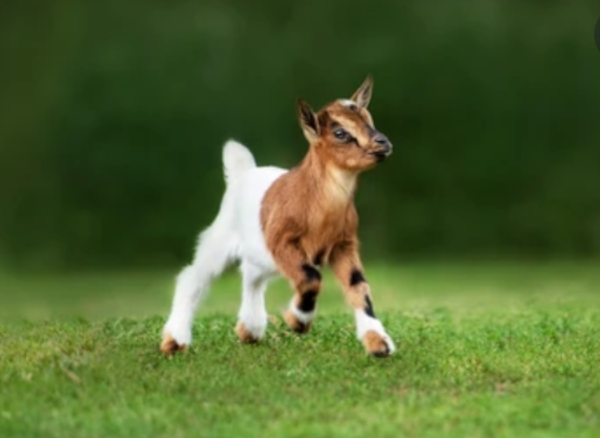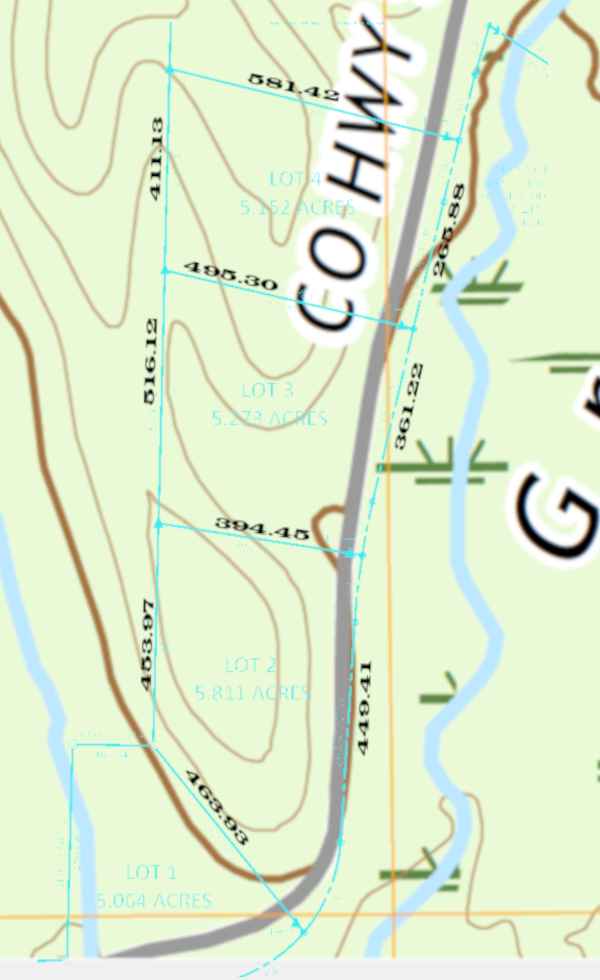
You may have noticed while perusing homesteading groups, prepping groups, and even self-reliance groups, a lot of people are “looking for community”. We all eventually realize that no man is an island and we can’t do everything. There’s not enough time, money, space, or bandwidth to do all the things. We need others to learn from, others to trade with, and introvert or not, others to talk to about family, interests, and projects.
Some of us are looking to move out of our current home and move someplace else with more community (guilty). Some of us are looking to find an undiscovered community in our current geographical area. Others are really only looking online because we feel we’re too busy or uncomfortable to “go out and people”. All of that is okay, good even. But have you thought about what that community even looks like and if you’re ready for it?
“Of course I’m ready for it; I wouldn’t be looking for it otherwise.” Umm… no. Yes, you know something is missing from your life and you want to fill that lack, but you’re not ready on that basis alone. It’s like wanting a puppy, or a sweetheart, or a spouse. You can want all you like; that doesn’t make you ready.
That puppy sure is cute… until it cries all night in its crate… Until you have to get up three times in the middle of the night to let it go potty… Until it chews up your work shoes or your expensive electronics. Having a sweetheart is amazing… Until they stop answering your texts… Until they start rolling their eyes at you… Until they start flirting with other people. Having a spouse is awesome… Until you start fighting about bills… Until they complain about quality time… Until no one does the chores they’re supposed to.
See what I mean?
“Okay… so what do I need to do to be ‘ready’?”
Well, there’s more than one aspect of “being ready”. Physical, financial, social, emotional, and time.
Physically: Can you physically get to where to you need to be to be in the company of your community? Or, if you are building community from scratch, do you physically have a place to host a meetup? Is it physically child and/or pet safe or must they be excluded? Do you have to accommodate for allergens, yours or others? Are there enough bathrooms? Is there electricity, refrigeration, or cooking facilities? Does it require an overnight stay?
Financially: Can you afford the gas to get there? The food and drink to feed people? The motel room? Rental fees for the venue? Membership dues?
Social: Will your family support you pursuing this interest? Will they be put out if you host an event? Are your friends going to have a nose out of joint if you’re taking up new interests and spending time with new people?
Emotional: Are you emotionally mature enough to handle a difference of opinion without cutting off the world? Do you view every constructive criticism as a personal attack on you as a person? Can you deal with people talking excitedly talking over each other and it being difficult to get a word in edge-wise? Can you still be friends with people with different worldviews on religion, politics, child-rearing, etc.? Can you be polite in the face of someone whose manner of speaking gets on your nerves?
Time: Do you have time to invest in new relationships? Will your work schedule allow for you to take the time to attend meetups? Do you have someone to look after your responsibilities at home while you’re away or do you not have time to be away from the feeding/milking schedule?
Are you ready? Where are you lacking? What can you work on?
None of this is meant to ever discourage you from seeking community. I just want to urge you to become the best community member you can be before you stick your foot in your mouth, die of embarrassment, and crawl under a rock for the rest of your existence cursing the word, “Community”.
Just like you should work on your communication skills to be a good friend and spouse so, too, should you develop your community skillset. Patience, kindness, respect, and developing a voice to speak up when you are uncomfortable are among those skills. Conflict resolution is an important skillset for all parties to develop to keep your community intact. Expectation management helps avoid conflicts to begin with, as does being realistic with your desires.
I am not going to claim to be an expert in community. I’ve read a few things an extrapolated a few nuggets though experience and I hope I have opened up a window in your mind and allowed some light to shine in on aspects you may not have thought about.
Those of you already in communities aren’t immune to this either. You may already have some base rules about being respectful, what will not be tolerated, what some of your goals are… but what do you still need to work on? What would your ultimate achievement be? What would you like to see more of or less of? What kind of community are you building?
Love and respect,
Dawn





